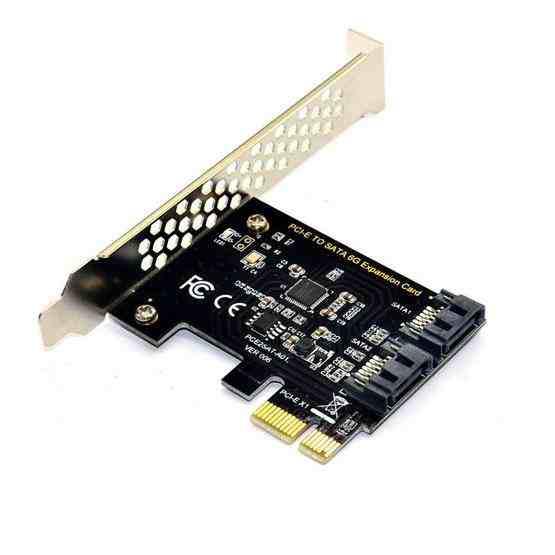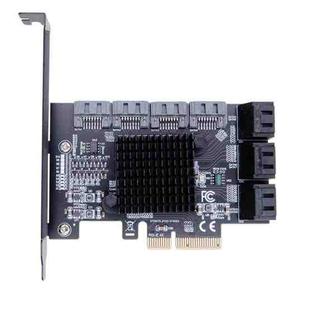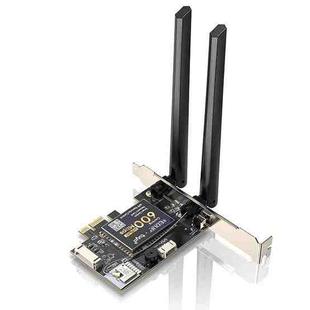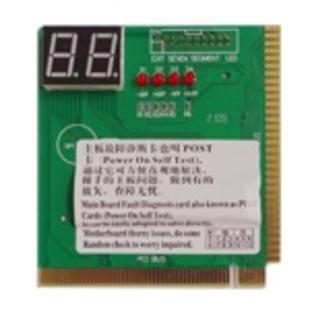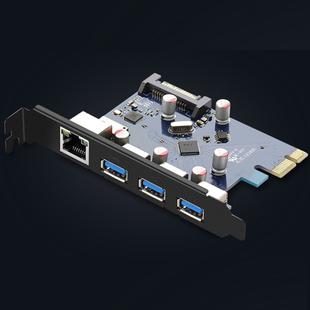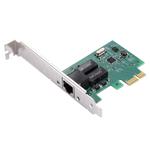Description
1. Using the main control: ASMedia ASM1061
2. Bus interface: PCI-Express x1 slot
3. Expansion interface: 2 SATA3.0 interfaces
4. System requirements: There is an available PCI Express X1 slot, while supporting PCI-E X2 X4 X8 X16
5. Support system: WinXP/Vista/7/8/10/11/32-bit/64-bit LINUX
6. Conform to Serial ATA 3.0 specification, backward compatible with SATA2.0 SATA1.0
7. Compliant with PCI-Express v2.0 specification and backward compatible with PCI-Express v1.0.
8. Supports communication speeds of 6.0 Gbps, 3.0 Gbps and 1.5 Gbps
9. Support Gen 1i, Gen 1x, Gen 2i, Gen 2m, Gen 2x, and Gen 3i
10. Support two SATA
11. Support AHCI1.0 mode and IDE mode
12. Support Native Command Queuing (NCQ)
13. Support FIS based on port multiplier switch or command switch.
Support hot swap
14. Compatible with SATA6G, 3G and 1.5G hard drives
The usage method of PCIE to SATA3.0 adapter card is as follows:
1. The SATA interface mode of PCIE to SATA3.0 is AHCI mode. If you want to insert a system disk on our card, the premise is that your system disk must be installed in AHCI mode when installing the system on the motherboard, otherwise it will not pass Our card riser cards enable the system.
2. If it is confirmed that the system disk is inserted into the SATA interface on the motherboard and the installation system is in AHCI mode, then you can directly insert the hard disk into our card, then enter the motherboard BIOS and set the system disk as the first boot.
3. Both of the above conditions are met. If it still fails to start, or restarts repeatedly, then it may be caused by a conflict between the hard disk interface of the motherboard and our adapter card. The solution is to enter the BIOS of the motherboard and set the hard disk interface option of the motherboard to Disabled, save and restart to start the system

